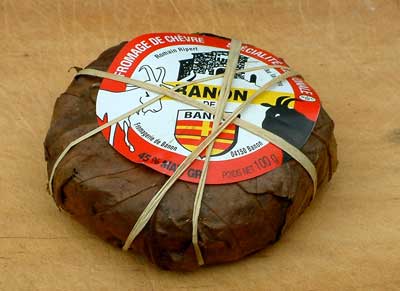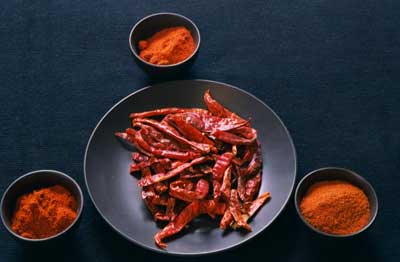
Summer savory, an annual herb. In Canada this is used often where sage might be used elsewhere. In France it is famously used in cooking young broad beans. It is slightly less bitter than winter savory, which is a perennial. This is used for wrapping a Provençale cheese of the same name.

Banon. A small disc of semi-soft to soft cheese made with sheep’s, goat’s or cow’s milk, steeped in brandy or eau-de-vie, wrapped in dried chestnut or, occasionally, savory leaves and tied up with raffia. It has a creamy, white paste and a sticky rind under the leaves, which conserve the moisture. It is named after the market town of Banon in Haute-Provence. This cheese is at its best from from May to November, is made with raw, whole milk and contains 45% fat (dry). The curds are uncooked and unpressed. It may be found in the following dimensions: 6-7 cm (2½") diameter x 2.5-3 (1") cm deep, weighing 90-120 g (3-5 oz). Affinage is from 2 weeks to 2 months. It has a sweet, nutty taste which becomes piquant as it ages. The variety of milks arises from the tradition of making Banon with sheep's milk in winter and spring, goat's milk (said to be the best) in summer and autumn (US: fall), with some cow all year round. Cow's milk now predominates this industrially produced cheese.

Cayenne pepper. Ground, hot red chilli. They are tapered and contain twice as much capsaicin as red peppers, which is why they provide so much heat to food. Chillis are often available in dried or powdered forms. Colour is not necessarily a guide to the heat, which is measured in Scoville units (named after Wilbur Scoville). Generally speaking the scale goes from small and pointed, with thin skins, having the most heat through to large and blunt having the least. The greatest heat is contained in the membranes and seeds.